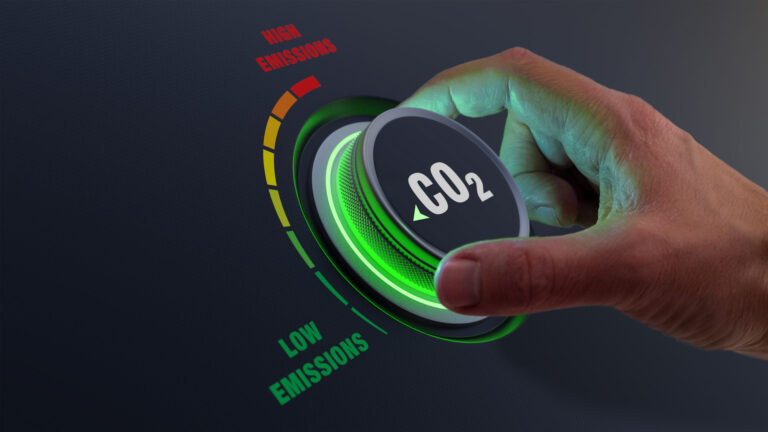
Sustainability – September 2022
It’s been a really busy month. I have been working with teams across the country on bids into the central government Live Labs II pot to bring low carbon roads into life. Given all that is going on in the world, it is reassuring that there remains at least some focus on the bigger picture. It can be totally unpalatable for many to pedal a sustainability agenda during times when people are struggling with their energy bills and looking at a potential mortgage time-bomb as their fixed rates come to an end. ‘How can you talk about saving the planet when I am trying to feed my family?’ I include myself in that struggle and being self-employed adds to the worry. Nonetheless, if there ever was a time when we needed to take energy consumption reduction seriously, it is right now.
Working on these bids on low carbon roads reminded me of how weak we are as a sector when it comes to non-financial data and in particular carbon measurement. A significant element of those data is energy consumption at various stages along the life cycle of a product or service. Extracting the raw material, processing, transport, value-adding, transport, usage, transport, disposal/recycling all add to embodied carbon. There is a range of standards in place for how to assemble these data for various purposes such as corporate reporting and product foot-printing. All these standards and related tools rely on the quality of data in the first place – crap in, crap out.
Considering the scope 1 and 2 carbon (basically your fuel and electricity bills), the company level reporting is about a simple as it gets. Organisations are generally aware of what they purchase and if they are slightly adrift it is not hard to get hold of the numbers from suppliers. This is handy for SECR and ESOS reporting because that’s pretty much what it entails. It’s when it comes to allocating that energy consumption (and thereby carbon) to a unit of product or service it all falls apart. We are straight into the world of averages and estimates. In the early days of trying to understand the carbon intensity of things, this was sort of alright. It gave us a broad idea of the state of play. Today, where there is a race to Net Zero and customers are trying to purchase ever-carbon-reducing products, it really isn’t.
It does not take the same amount of energy to produce different sizes of aggregate products nor does it for the variety of concretes and asphalts we are able to offer. To understand this properly, good quality submetering is required or, at the very least, some robust calculation to show the consumption of each piece of kit. This might sound like a massive pain in the proverbial and some considerable expenditure. However, how can we be expected to track improvements if the data are not sufficiently sensitive? How can we champion our low carbon products if all the products have the same footprint (when they don’t). This challenge needs some real thought and action and I urge site managers to get on their A game as soon as possible. We simply cannot build a low carbon future on shaky foundations.





